Angio Catheter: A Vital Tool in Modern Medical Procedures
An Angio catheter is a crucial medical device used primarily in angiographic procedures, which involve the imaging of blood vessels and organs. This versatile catheter plays a significant role in diagnosing and treating a variety of vascular conditions. In this article, we’ll explore what an angio catheter is, how it works, and its importance in the field of medicine.
What is an Angio Catheter?
An Angio catheter is a thin, flexible tube that is inserted into a blood vessel for various medical purposes, such as diagnosing heart conditions, blood clots, or arterial blockages. These catheters are commonly used in angiograms, which allow doctors to view the inside of blood vessels and identify potential problems. The catheter can also be used for delivering fluids, medications, or contrast agents during these imaging procedures.
How Does an Angio Catheter Work?
The angio catheter is typically inserted into a blood vessel through a small incision, usually in the groin, arm, or neck, depending on the area being examined. Once in place, the catheter is carefully navigated through the vascular system to the site of interest. Through this catheter, doctors can inject contrast dye, which makes the blood vessels visible on an X-ray, helping them identify blockages, aneurysms, or other issues.
In some cases, the Angio catheter can be used to deliver medications directly to the affected area or to remove obstructions, such as blood clots. The flexibility and precision of this tool make it invaluable in both diagnostic and therapeutic procedures.
Types of Angio Catheters
There are several types of Angio catheters, each designed for specific purposes. Some are simple diagnostic tools, while others are equipped with additional capabilities for treatments like stent placement or clot removal. These catheters come in various sizes and lengths to suit different anatomical regions and patient needs.
- Diagnostic Catheters: These are designed for visualization purposes and are used primarily in angiography.
- Interventional Catheters: These can be used to administer treatments, such as inserting stents, balloon angioplasty, or even dissolving blood clots.
Benefits of Angio Catheters
The use of an Angio catheter offers numerous advantages in modern healthcare. Some of the key benefits include:
- Minimally Invasive: The procedure typically involves only a small incision, leading to quicker recovery times.
- High Precision: Angio catheters allow for detailed imaging, aiding in accurate diagnosis and treatment planning.
- Effective Treatment Delivery: These catheters enable direct drug delivery and interventions like stent insertion, reducing the need for more invasive surgeries.
- Reduced Risk: Compared to traditional surgical methods, using an angio catheter reduces complications and the overall risk for patients.
Conclusion
The Angio catheter is a remarkable innovation in medical technology that has revolutionized how doctors diagnose and treat vascular diseases. Its flexibility, precision, and versatility make it an essential tool in both diagnostic and therapeutic procedures. Whether used for imaging or direct treatment, the angio catheter is pivotal in improving patient outcomes and ensuring that healthcare professionals can provide the best care possible.

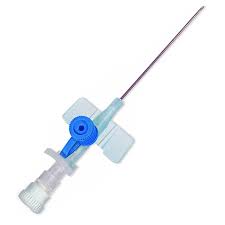
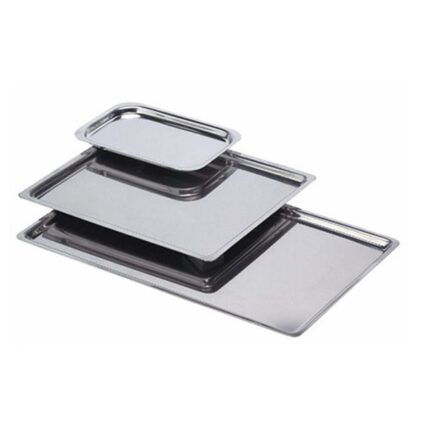


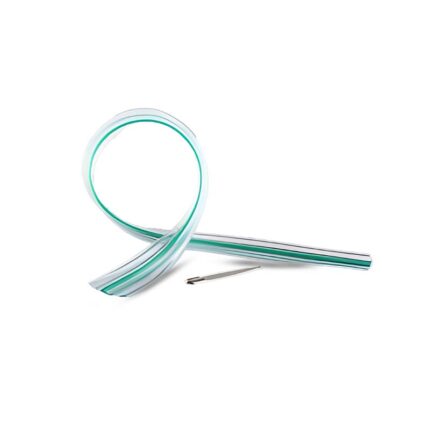
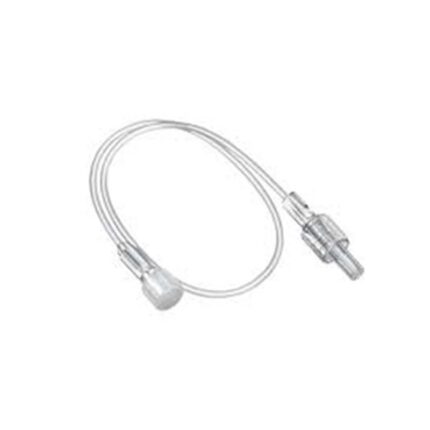
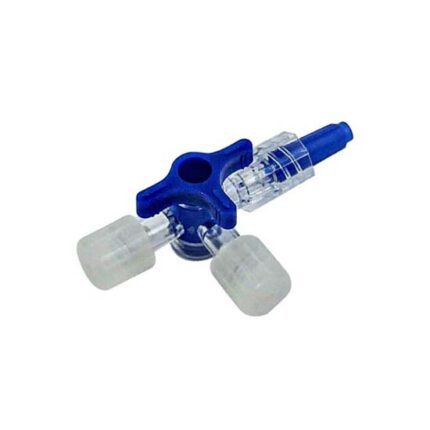

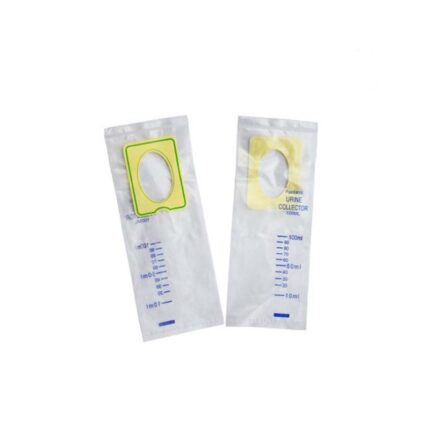
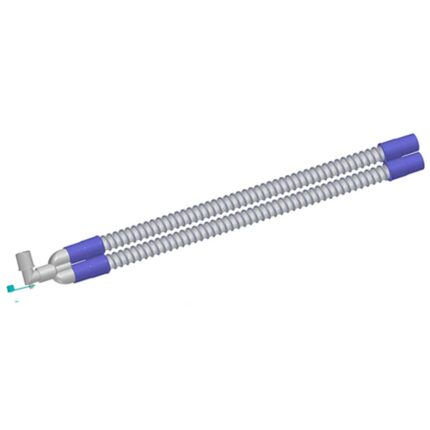
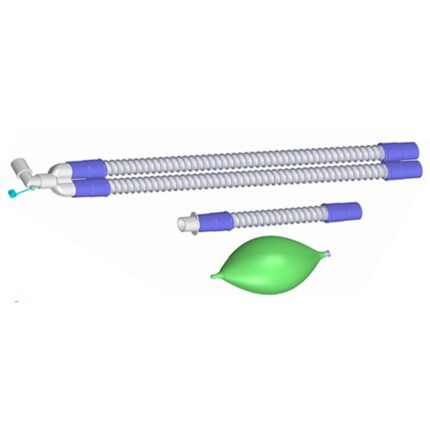
Reviews
There are no reviews yet.